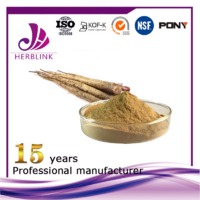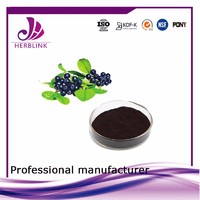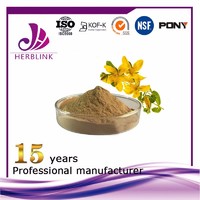Aronia(chokeberry) Extract Anthocyanin 10%-15%,4:1
Product Quick Detail
- FOB Price
- USD $99.00 / Piece
- Minimum Order
- 1
- Place Of Origin
- China
- Packaging
- N/A
- Delivery
- 15 Days
Specifications
-
Latin Name: Aronia Melanocarpa.
Synonyms: black chokeberry, Aronia arbutifolia var. nigra, Aronia nigra, Pyrus arbutifolia var. nigra, Pyrus melanocarpa, Sorbus melanocarpa, Aronia arbutifolia var. atropurpurea, Aronia atropurpurea, Aronia floribunda, Aronia prunifolia, Photinia melanocarpa,
Part of Used: berry
Specifications: Anthocyanin 10%-15%,4:1
Appearance: Dark violet fine powder
Application: Medicine, food additive, dietary supplement
What is Aronia(chokeberry )?
According to wikipedia Aronia, the chokeberries, are deciduous shrubs in the family Rosaceae, native to eastern North America and most commonly found in wet woods and swamps. The genus is usually considered to contain two species. One species is naturalized in Europe.Chokeberries are cultivated as ornamental plants and as food products. The berries can be eaten raw off the bush but are more frequently processed. Chokeberries can be found in wine, jam, syrup, juice, soft spreads, tea, salsa, chili starters, extracts, beer, ice cream, gummies and tinctures.The name "chokeberry" comes from the astringency of the fruits, which create a sensation making your mouth pucker.
Aronia melanocarpa (black chokeberry) has attracted scientific interest due to its deep purple, almost black pigmentation that arises from dense contents of polyphenols, especially anthocyanins. Total anthocyanin content in chokeberries is 1480 mg per 100 g of fresh berries, and proanthocyanidin concentration is 664 mg per 100 g. Both values are among the highest measured in plants to date.
A test tube measurement of antioxidant strength, the oxygen radical absorbance capacity or ORAC, demonstrates chokeberry with one of the highest values yet recorded—16,062 micromoles of Trolox Eq. per 100 g. ORAC, however, is considered biologically irrelevant to human nutrition.
- Contact: yu zhang








